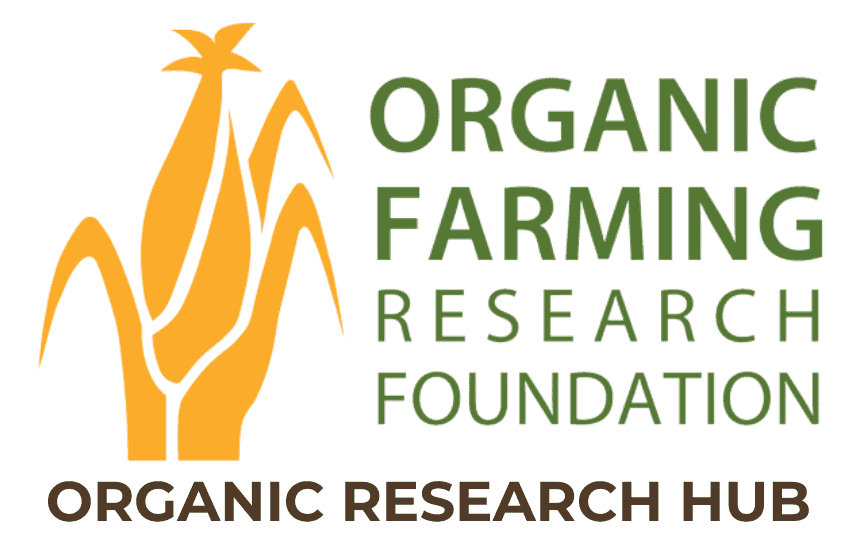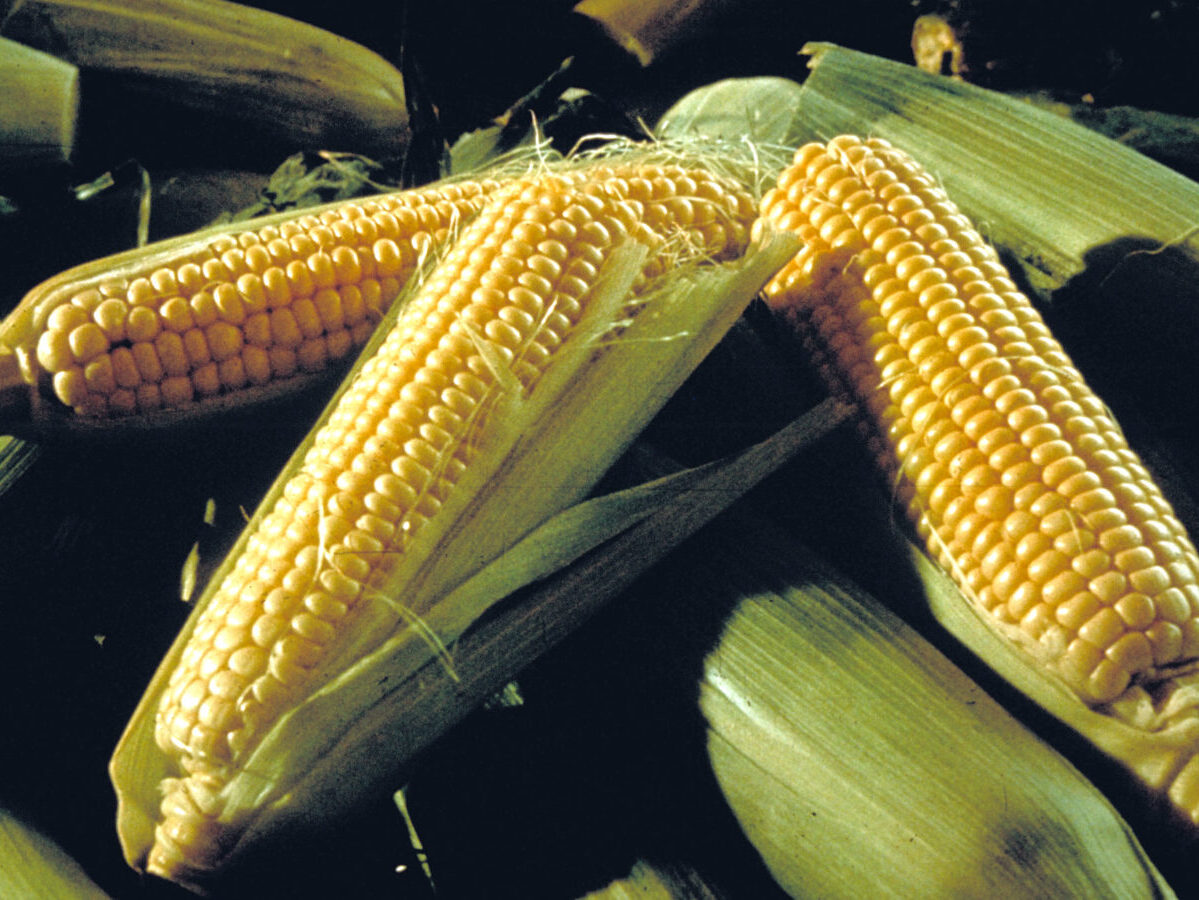Four organic breeding guides: An Introduction to Organic Breeding; and Organic Breeding for Sweet Corn, Carrots, and Tomatoes
Micaela Colley, Organic Seed Alliance

We all know that the success of organic farmers depends on their effective use of practices such as crop rotation, cover cropping, biological pest control, and mechanical cultivation. However, many are just beginning to understand the crucial role that plant genetics plays in their success. Plant varieties specifically suited to the challenges of organic production can more effectively utilize organic sources of fertility, compete better with weeds, and resist pests, which can be pivotal for having a successful season. Despite this, very few plant varieties have been bred specifically for organic systems. To enhance the success of organic farmers, we must increase the number of varieties developed for organic practices. One of the best groups to take on this breeding work is the organic farmers themselves.
An increasing number of organic farmers are interested in on-farm plant breeding and variety improvement. The goal of this project is to educate these organic farmers about on-farm organic breeding methods and empower them to create their own crop varieties. To achieve this, we have developed four organic breeding manuals. One manual serves as an introduction to fundamental organic breeding concepts and techniques, while the other three manuals focus on crop-specific on-farm organic breeding techniques for sweet corn, carrots, and tomatoes.
This project aims to positively impact organic farming in three key ways. First, farmers will have a greater chance of improving germplasm to fit the needs of organic systems, leading to a wider variety of choices for producers. Second, farmers will gain control over the seeds of their favorite varieties, allowing them to maintain these even if seed companies discontinue them. Third, they will acquire skills that enhance their ability to collaborate on breeding projects with public and private breeders, creating new business opportunities and increasing their influence over organic seed development.
Drafts of the introductory manual have been shared at the 2014 Organic Seed Growers Conference (OSGC). All manuals are available through the Organic Seed Alliance (OSA) website and will be distributed at additional events.
Region
Western
Topic
Plant Breeding, Varieties, and Seeds, Tools and Technology
Category
Vegetables/Fruits
Date Range
2001-2010
Funding Amount
$14,815
Funding Year
2010Location
Port Townsend, Washington
Collaborators
John Navazio, Organic Seed Alliance
Martin Diffley, Organic Farming Works,
Scott Chichester, Nash’s Organic Produce
Bill Tracy, University of Wisconsin-Madison
Jim Myers, Oregon State University



